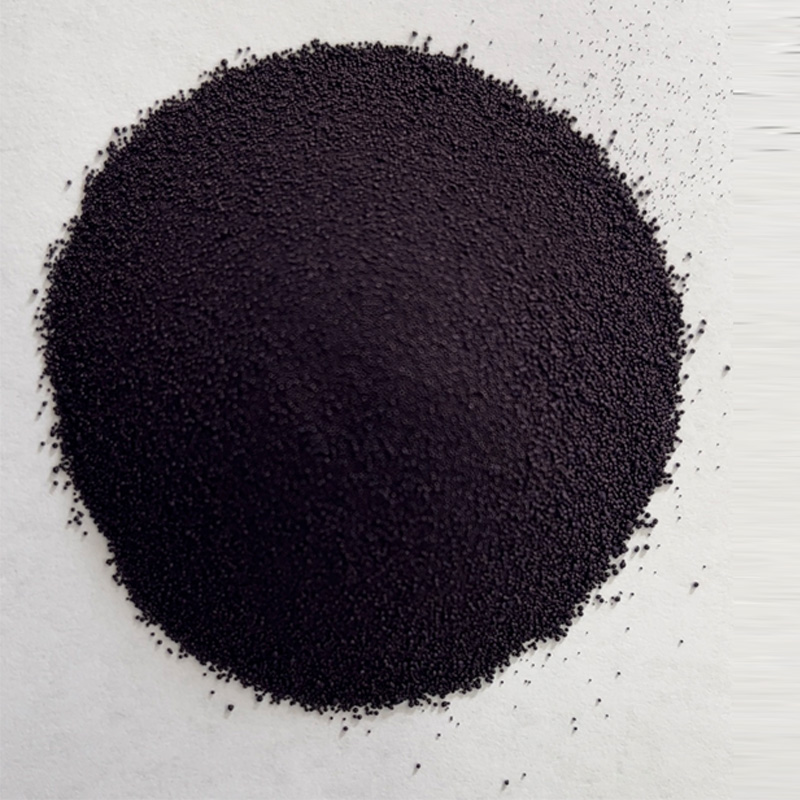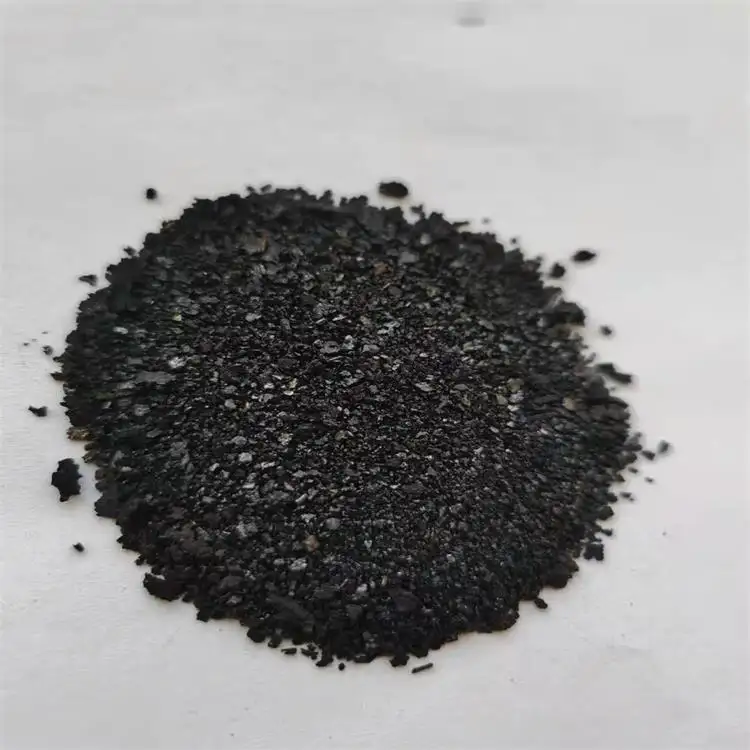light indigo color company


When choosing between Chinese and Japanese indigo fabrics, it is crucial to appreciate the differences that define them. Chinese indigo is often revered for its thematic complexity and the rich storytelling woven into each pattern, while Japanese indigo prides itself on precision and simplicity, with designs deeply rooted in Zen philosophy. Both styles, however, emphasize an unwavering commitment to quality and a deep respect for the natural environment, which is evident in their environmentally friendly dyeing processes. As the world becomes increasingly focused on sustainable practices, the techniques and materials utilized in creating indigo fabrics resonate with eco-conscious consumers. Companies and designers seeking to incorporate indigo fabrics into their products do so with an understanding not only of their heritage but also of their relevance to today’s marketplace—blending centuries-old processes with modern sensibilities. Professionals in the textile industry recognize that both Chinese and Japanese indigo fabrics contribute significantly to high-quality, luxury goods. Their aesthetic versatility and rich historical context provide an appealing narrative that enhances a product's marketability. Leveraging these textiles can enhance brand identity, offering consumers a tangible connection to the woven histories of two of the world's most respected textile traditions. For buyers, the allure of indigo textile lies not just in its appearance but in the rich cultural narrative and expert craftsmanship that defines each piece. Whether drawn to the detail-oriented approach of Japanese manufacturers or the ornate storytelling of Chinese artisans, the choice of indigo is one that combines beauty with enduring tradition, ensuring that these fabrics remain as coveted today as they have been for centuries.
-
The Timeless Art of Denim Indigo Dye
NewsJul.01,2025
-
The Rise of Sulfur Dyed Denim
NewsJul.01,2025
-
The Rich Revival of the Best Indigo Dye
NewsJul.01,2025
-
The Enduring Strength of Sulphur Black
NewsJul.01,2025
-
The Ancient Art of Chinese Indigo Dye
NewsJul.01,2025
-
Industry Power of Indigo
NewsJul.01,2025
-
Black Sulfur is Leading the Next Wave
NewsJul.01,2025

Sulphur Black
1.Name: sulphur black; Sulfur Black; Sulphur Black 1;
2.Structure formula:
3.Molecule formula: C6H4N2O5
4.CAS No.: 1326-82-5
5.HS code: 32041911
6.Product specification:Appearance:black phosphorus flakes; black liquid

Bromo Indigo; Vat Bromo-Indigo; C.I.Vat Blue 5
1.Name: Bromo indigo; Vat bromo-indigo; C.I.Vat blue 5;
2.Structure formula:
3.Molecule formula: C16H6Br4N2O2
4.CAS No.: 2475-31-2
5.HS code: 3204151000 6.Major usage and instruction: Be mainly used to dye cotton fabrics.

Indigo Blue Vat Blue
1.Name: indigo blue,vat blue 1,
2.Structure formula:
3.Molecule formula: C16H10N2O2
4.. CAS No.: 482-89-3
5.Molecule weight: 262.62
6.HS code: 3204151000
7.Major usage and instruction: Be mainly used to dye cotton fabrics.

